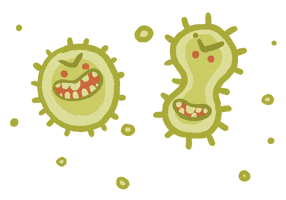I was talking to a marine biochemist not too long ago, and they said a successful reef tank has a lot to do with 1) cultivating 80+ strains of bacteria over SEVERAL cycles/months, and 2) continual cultivating of these bacterial strains cycle to cycle
Why is so little info known to hobbyists? Seems like the breakthrough moment for great coral growth/color is when all these strains are present and thriving in one's tank...
Why hasn't an industry reef company like SeaChem, Research, Brightwell, etc developed a bacteria-in-a-bottle solution to help achieve all these strains?
Why isn't there an ICP test to show which strains are missing or low?
.
Why is so little info known to hobbyists? Seems like the breakthrough moment for great coral growth/color is when all these strains are present and thriving in one's tank...
Why hasn't an industry reef company like SeaChem, Research, Brightwell, etc developed a bacteria-in-a-bottle solution to help achieve all these strains?
Why isn't there an ICP test to show which strains are missing or low?
.
Last edited:

























